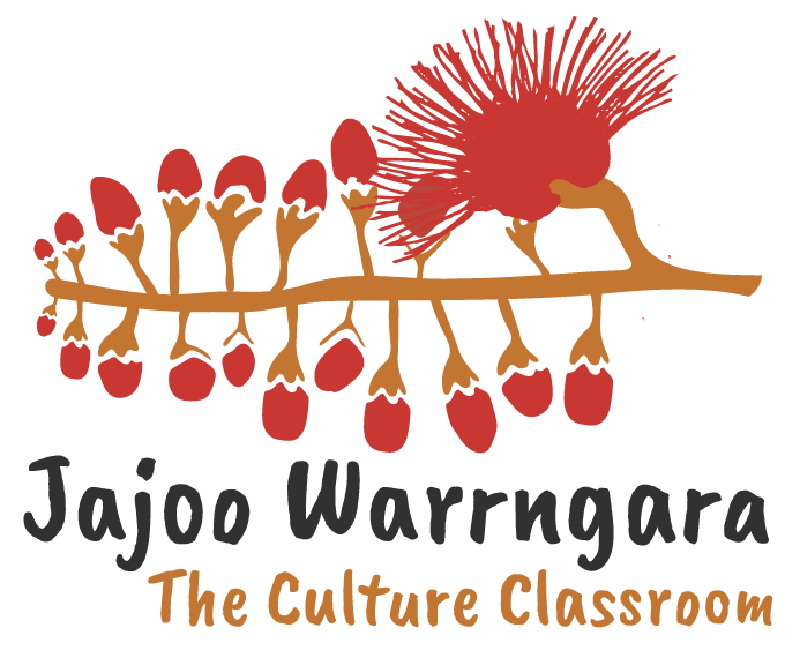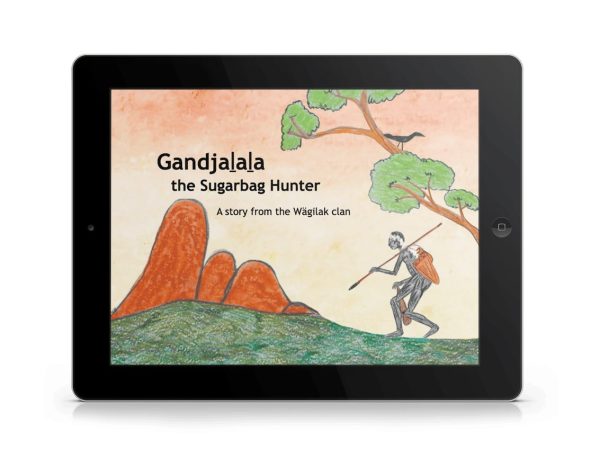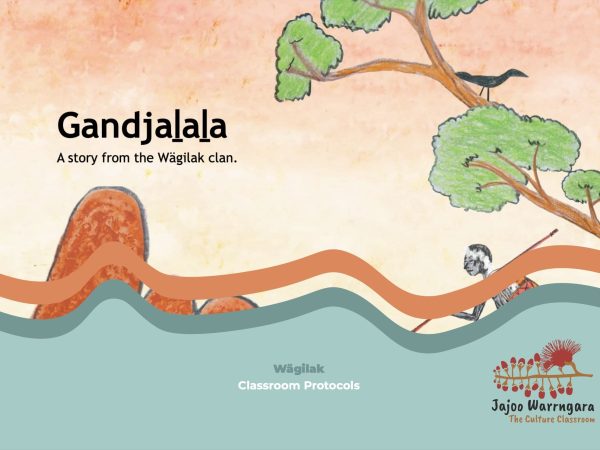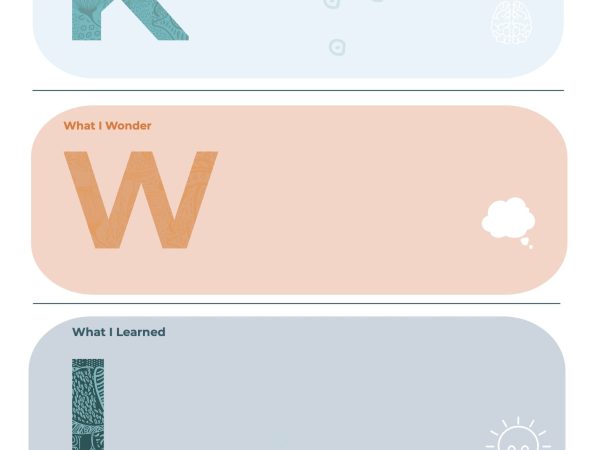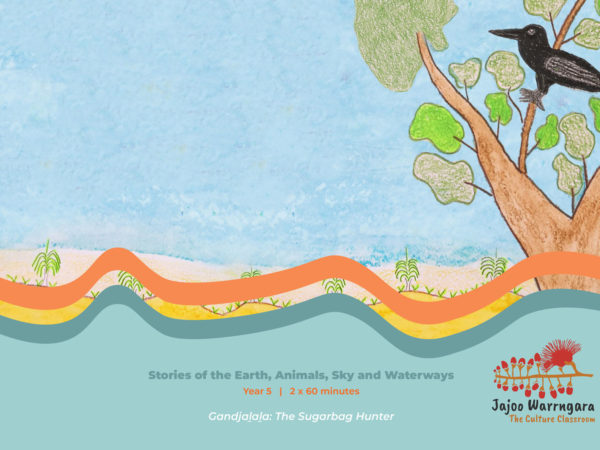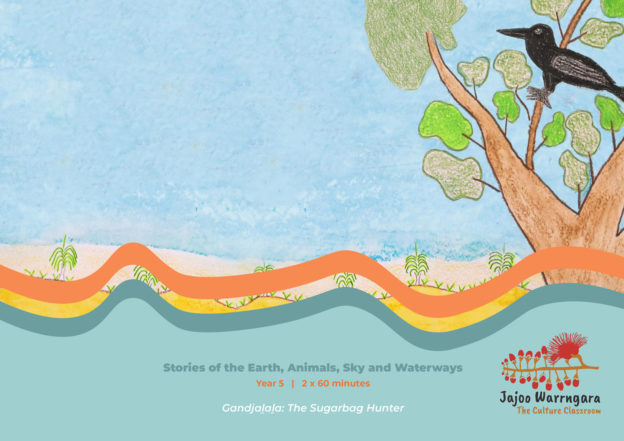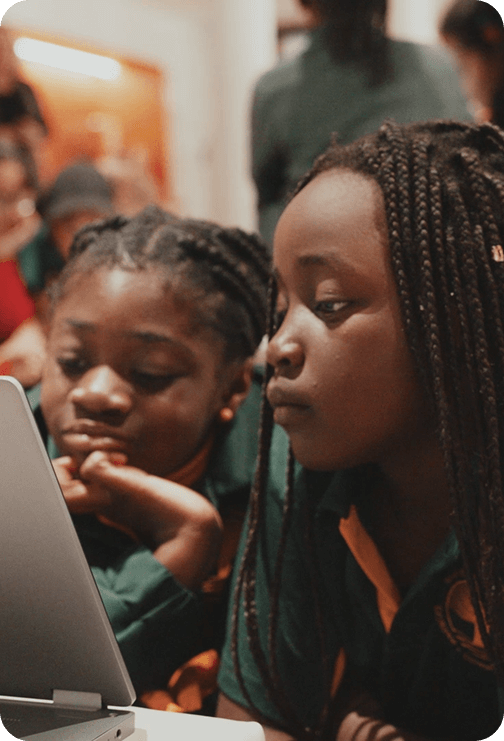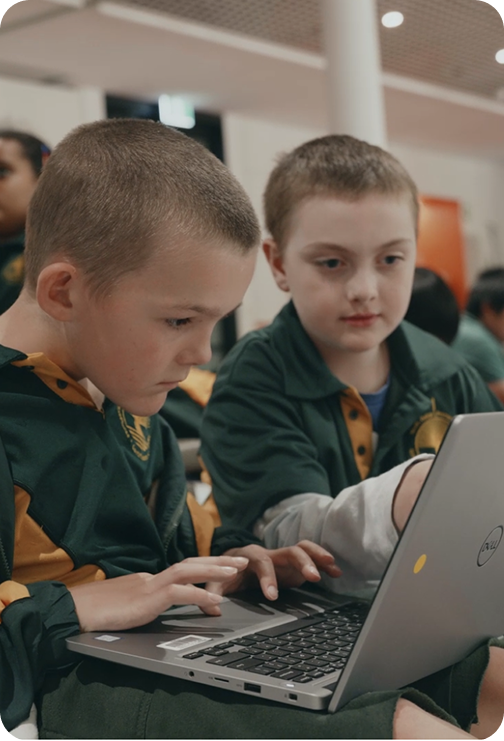Learning Areas
Health and Physical Education | Visual Arts | English | Aboriginal and Torres Strait Islander Histories and Cultures | HASS
In this unit
Students begin this lesson by investigating why Aboriginal stories exist and the varied ways in which they are transmitted. They go on to explore the many ways that Wägilak people share stories and consider the lessons arising from the stories. #SRC23
This unit includes:
Learning Areas
Cross Curriculum Priorities
Aboriginal and Torres Strait Islander Histories and Cultures
Related Units
Unit Content
